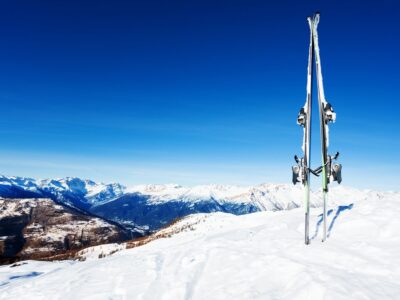
January signals the middle of winter in Italy. This is traditionally when gloomy weather hampers outdoor excursions to the nation's famous coastal cities and beaches. However, winter-sports enthusiasts will find January to be a veritable playground of ideal skiing and snowboarding conditions. Even if you aren't up for hitting the slopes, we can still point you to the best places to spend an Italian winter while enjoying two great benefits: fewer crowds and lower prices.
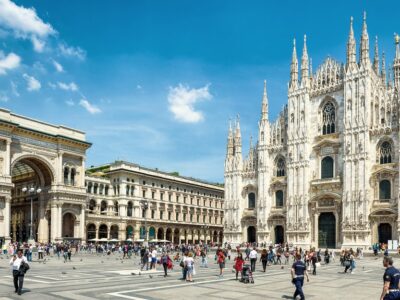
The sunny splendor of Italy is officially gone by November. However, you shouldn't let a bit of inclement weather spoil your Italian holiday. During this month, the crowds are gone, the museums and restaurants are less crowded, and there's some delicious food festivals you can attend. So pack your appetite, because you're off to Italy.
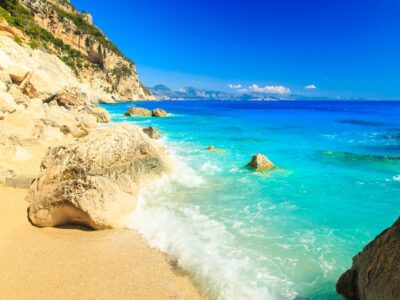
If you’re coming to Sardinia for the flour-white beaches sloping into glass-clear turquoise seas, you’ll find them in abundance. But this island is more than a one-hit wonder, with a forest-cloaked mountainous interior to explore, uplifting clifftop trails to hike and Bronze Age remains to uncover. Historically, culturally and gastronomically, this wild and ravishing Italian isle is a one-off.
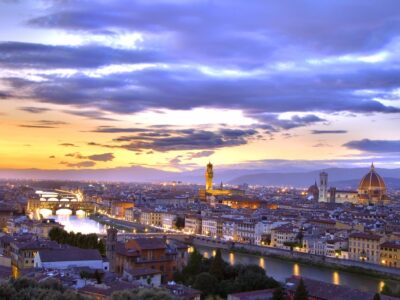
Hang your hat in the birthplace of the Renaissance, where history's influence can be found in the most unexpected places. Whether you're eating breakfast or sipping a spritz while overlooking the Duomo, or relaxing in a garden where a young Michelangelo once practiced his carving, these hotels will put you in touch with the city's past in style.
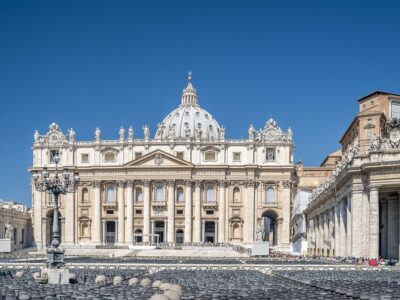
To venture to Italy in April is to experience a gem of a Mediterranean country in the throes of spring. Sunny days are now the norm, having supplanted the rain and gloom that defined winter. This is the last and greatest month to take advantage of the country's spring shoulder season and all those lower fares and less-crowded historic sites. So pack your bags, because Italy is calling.

Northern Italy comprises a diverse geographic area, from the mountains and lakes of the far north to the lagoons of Venice and the Italian Riviera around Genoa. Northern Italy experiences cool-to-cold winters and hot summers, and while it can be visited year-round, a major consideration is avoiding the heaviest crowds. Read on to find out more about the best time of year to visit Northern Italy.

It's no surprise that the beautiful "City of Canals" features an abundance of fabulous accommodations. Eschew the chain hotels for more intimate and artistic options with this list of the city's best boutique offerings that balance Venetian glitz with a contemporary design inspired by everything from classic watches to the Byzantines.
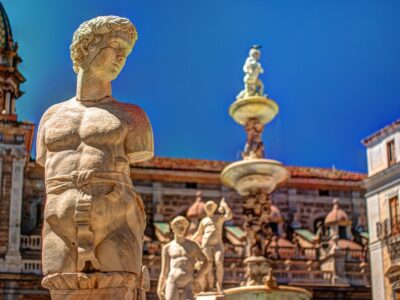
A week to 10 days is the most popular trip length for travelers to Italy interested in visiting Sicily's Palermo, especially when also including Taormina and Catania. If you're only headed to Palermo, you can enjoy a comfortably-paced trip in about five days. With less time, it's still possible to see the highlights in as few as four days. For the best itineraries, including Palermo, keep reading below.
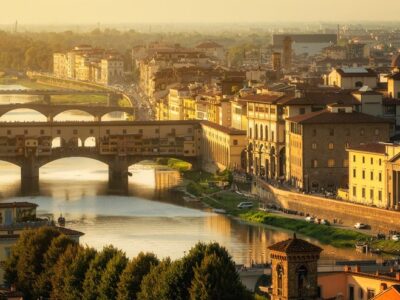
Most people visiting Florence spend about a week to 10 days in Italy, which usually includes some time in Venice and Rome as well. If you're only headed to Florence, you can enjoy a comfortably-paced trip in about five days. Even travelers with limited time can see the highlights in as few as two to four days. For the best itineraries, including Florence, keep reading below.
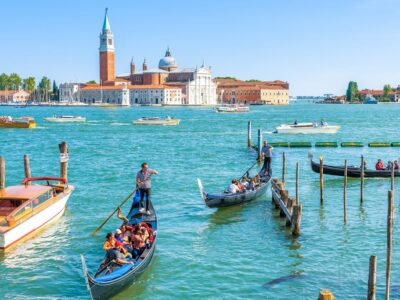
Venice is justifiably one of Italy's most popular tourist destinations, with a charming combination of scenic beauty and cultural treasures. But, with immense popularity comes the problem of overtourism. To have the most enjoyable experience in Venice while minimizing your imprint on the local people and surroundings, it's advisable to visit outside the peak season. Read on to find out when is the best time of year to visit Venice.
